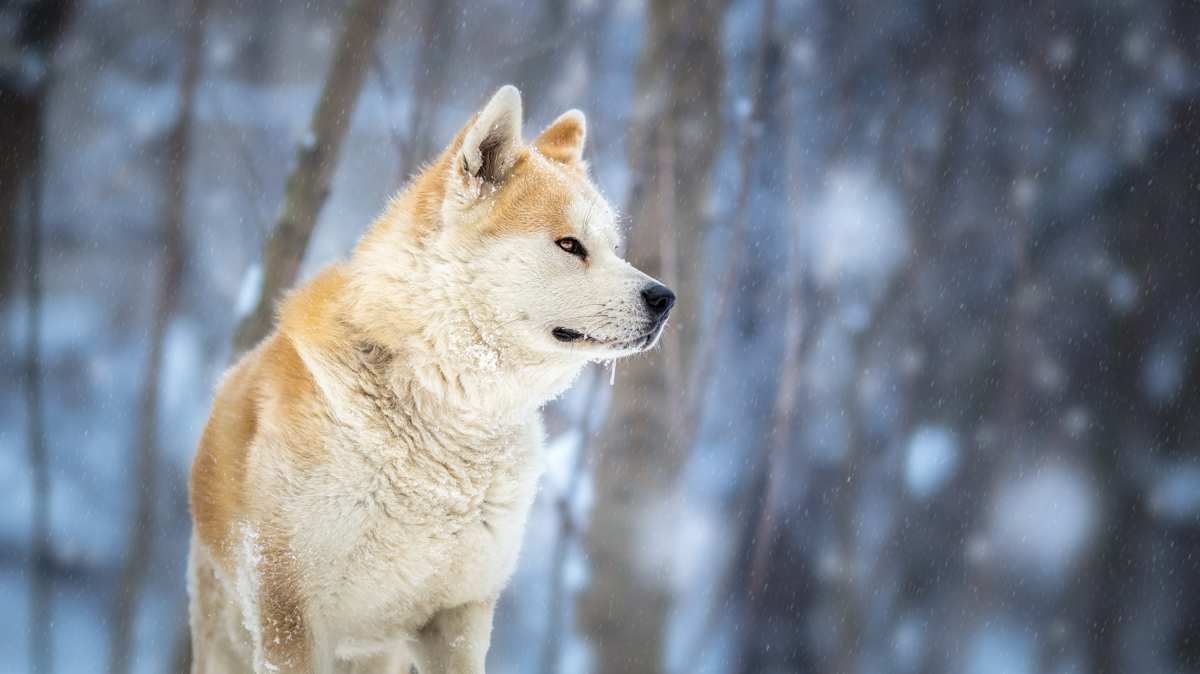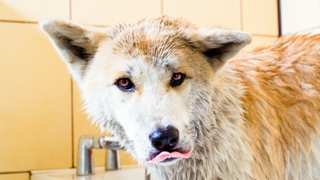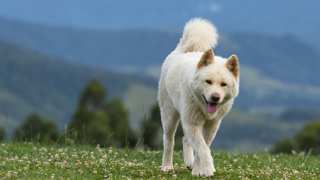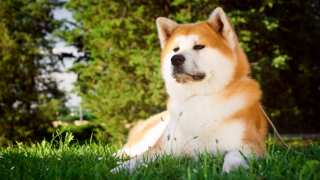Akita Breed Details
The Akita is a member of the Working group of breeds, and has been utilized as a guard dog and large-game hunter for centuries. These powerful, protective dogs are quite affectionate with and loyal to their families--and suspicious of (and often dangerously aggressive towards) everybody else. As such, Akitas are best suited for experienced owners in need of personal and/or property protection.
A few Akita facts: they're large-sized, with short- to medium-length, double-layered fur that comes in a wide variety of both solid and mixed colors. Here are some advantages and drawbacks to owning this mighty breed:
PROS:
- Courageous and loyal
- Very intelligent
- Unparalleled guard dog skills
- Affectionate and playful with family members
- Good work ethic
- Low to moderate barking tendencies
- Adapts well to cold climates
- Extremely clean and self-maintaining
CONS:
- Potential for aggression around strangers; unsupervised Akita attacks are not uncommon
- Stubborn and strong-willed
- Early and constant socialization with humans and other animals required
- Banned in some towns/cities
- Sheds profusely
- Not at all suited for first-time owners
- Doesn't socialize well with other pets (recommended for "one-pet households")
- Can be difficult to train
- Regular exercise required














